I have the gemstone that, I believe, can be :
1) Just Chrysoberyl ;
2) Natural Alexandrite ;
3) Synthetic Alexandrite or Synthetic Chrysoberyl ;
4) Or even Glass.
The density of the stone is approximately 3.75 (so it can't be corundum ?).
Under day light it clearly shows 2 colors : Green (90%) and Blue (up to 'dark blue' under some angles).
When I looked at it under candle light - it shows some parts (along the facets) as purplish , the rest of it still green.
For some reason the photo under day and photo light shows rather light blue, but in reality it is dark green.
Please find the images attached, sorry I was not able to take pictures under candle light.
Would be grateful for any opinion.
Thanks,
Alex
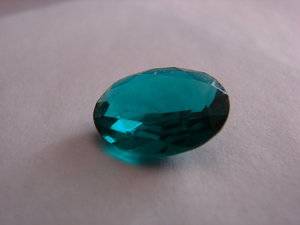
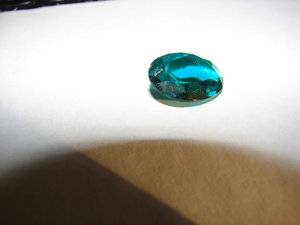
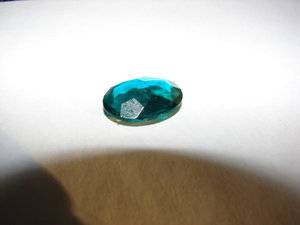
1) Just Chrysoberyl ;
2) Natural Alexandrite ;
3) Synthetic Alexandrite or Synthetic Chrysoberyl ;
4) Or even Glass.
The density of the stone is approximately 3.75 (so it can't be corundum ?).
Under day light it clearly shows 2 colors : Green (90%) and Blue (up to 'dark blue' under some angles).
When I looked at it under candle light - it shows some parts (along the facets) as purplish , the rest of it still green.
For some reason the photo under day and photo light shows rather light blue, but in reality it is dark green.
Please find the images attached, sorry I was not able to take pictures under candle light.
Would be grateful for any opinion.
Thanks,
Alex





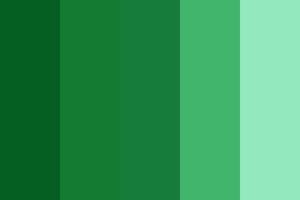
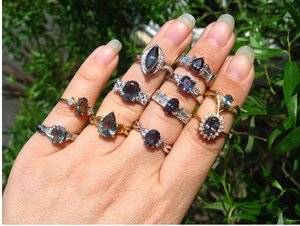
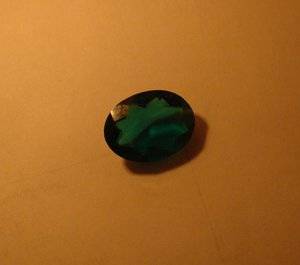
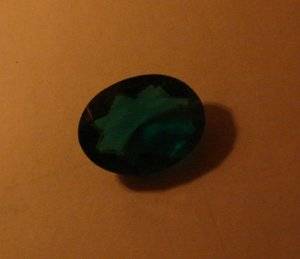
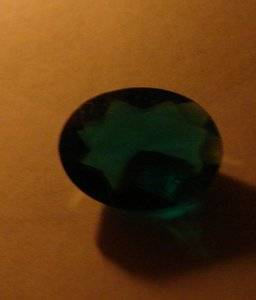
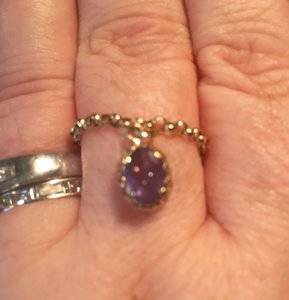
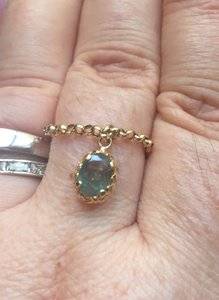
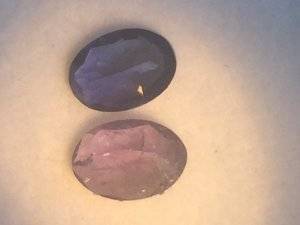
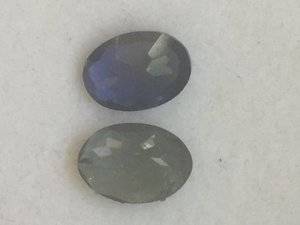
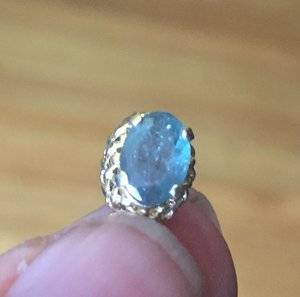
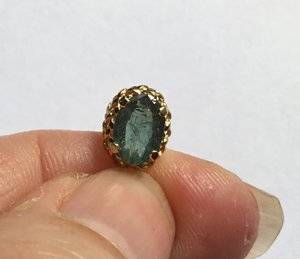
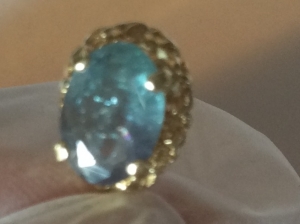
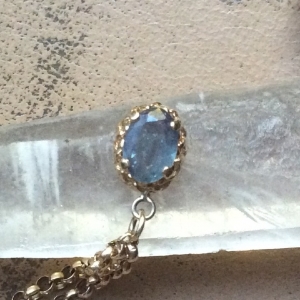
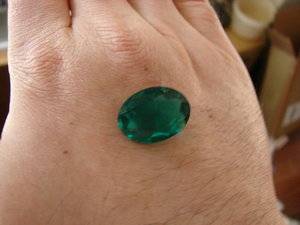
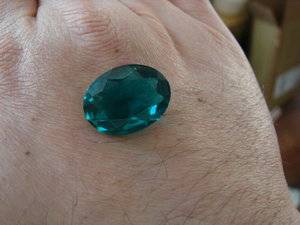


300x240.png)